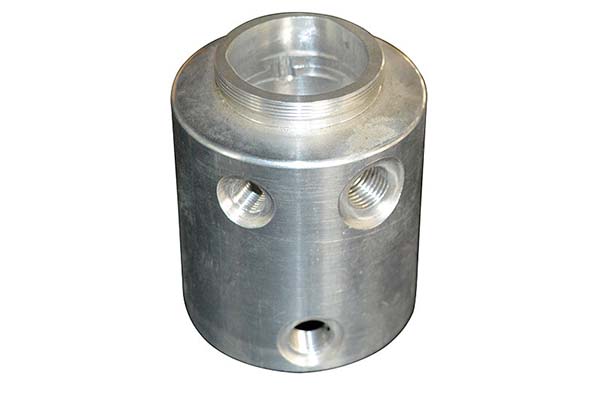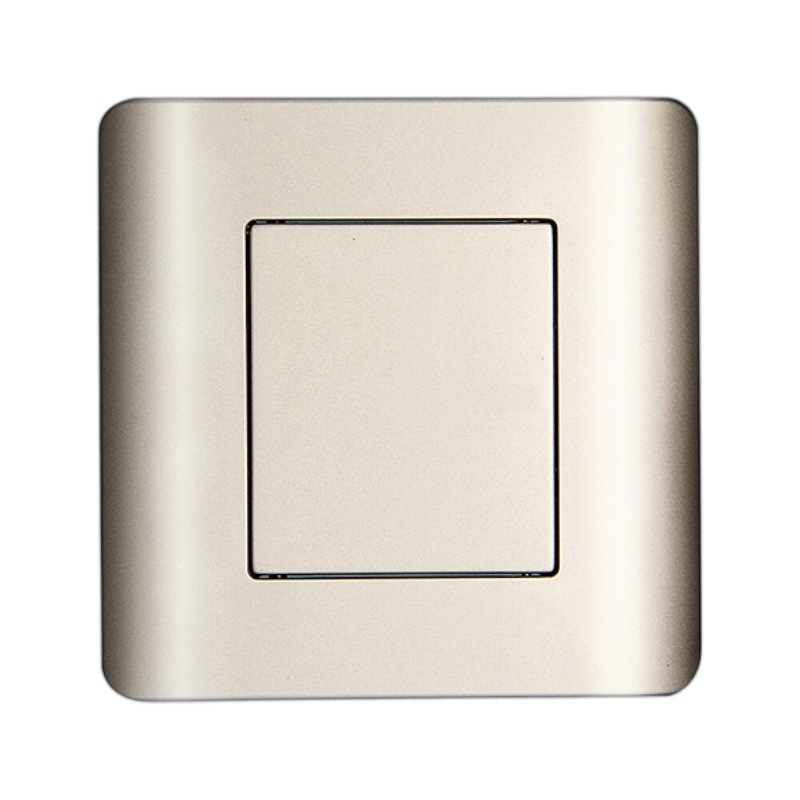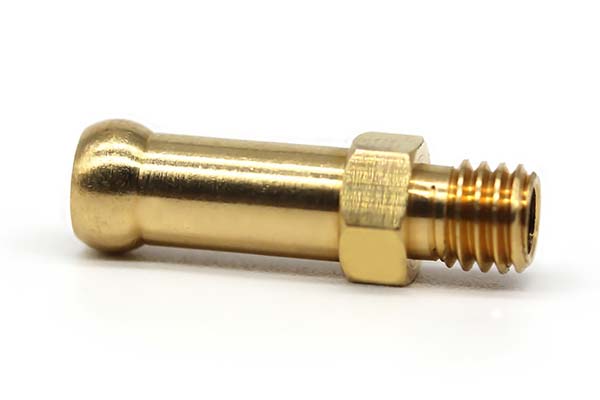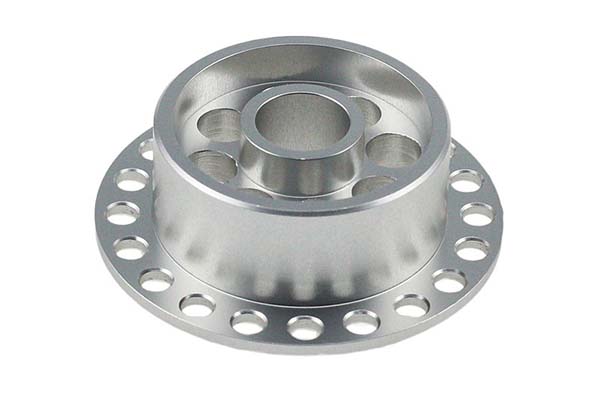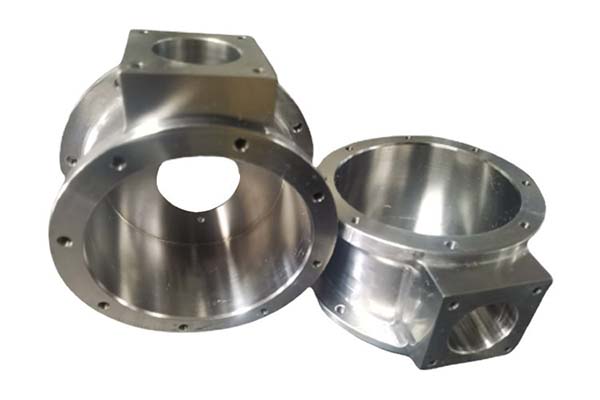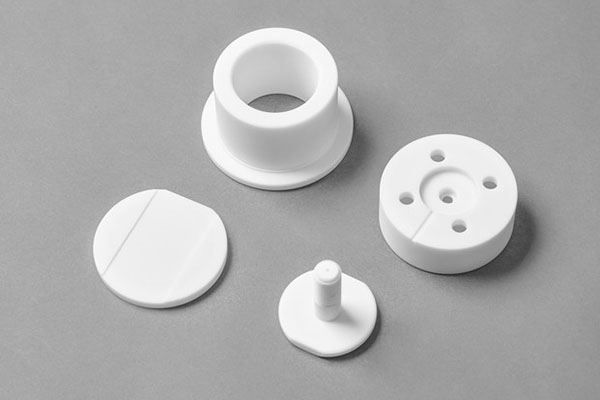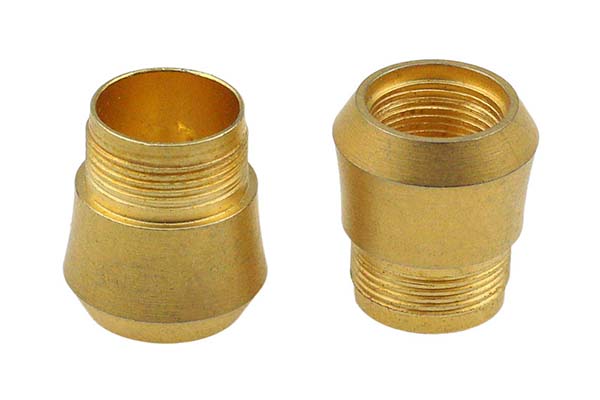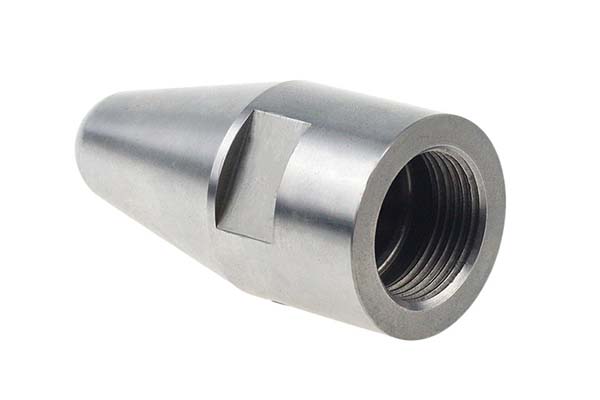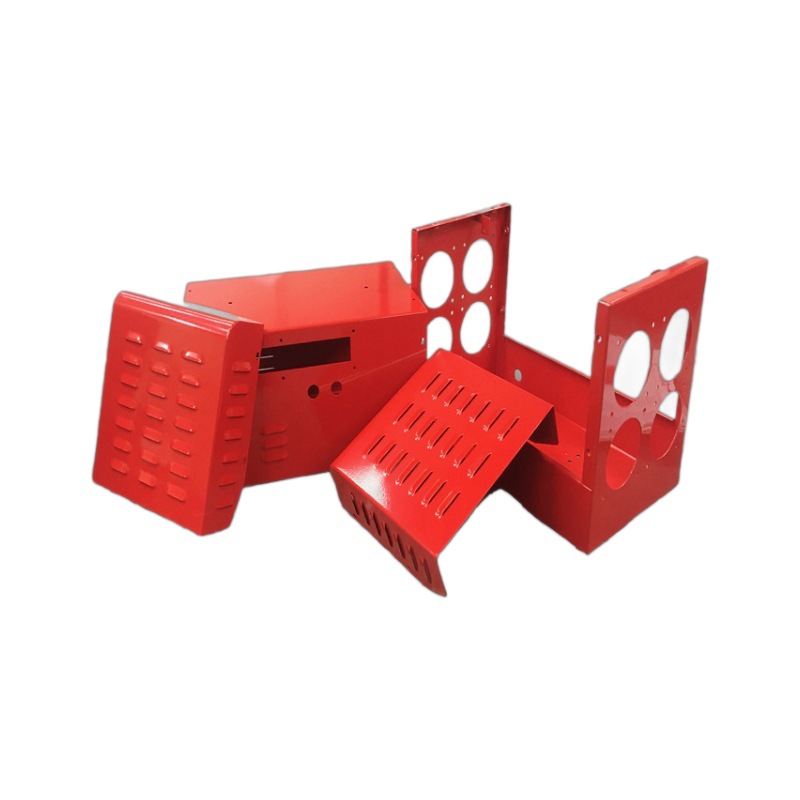Monel 400 is a versatile nickel alloy celebrated for its exceptional corrosion resistance and balanced mechanical properties, making it a cornerstone material in marine, chemical, and oil and gas industries. Its unique alloy composition—approximately 65-70% nickel, 23-30% copper, and trace elements—delivers a rare combination of high strength, ductility, and resistance to harsh environments. However, machining this alloy presents distinct challenges, from its tendency to work harden to its tough microstructure that tests cutting tool performance. This guide explores the critical aspects of CNC machining Monel 400, offering practical insights to overcome its difficulties and achieve precise, high-quality results.
Material Properties of Monel 400
Key Characteristics and Composition
The alloy composition of Monel 400 is the foundation of its impressive performance. The high nickel content ensures superior corrosion resistance, particularly in saltwater and acidic environments, while copper enhances ductility and machinability compared to other nickel alloys. This blend results in notable mechanical properties: a tensile strength of 480-650 MPa, a yield strength of 240 MPa, and elongation of 30-40%—providing the flexibility to form complex shapes without cracking.
Thermal conductivity of Monel 400 is moderate (21 W/m·K), higher than Inconel 718 but lower than steel, meaning heat dissipates more effectively than some high-temperature alloys but still requires careful management. It is non-magnetic, a critical trait for electrical components and marine navigation equipment. A comparative study found that Monel 400’s corrosion rate in seawater is 0.001 mm/year—10 times lower than stainless steel 316, solidifying its role in marine applications.
How Properties Influence Machinability
Monel 400’s ductility and toughness make it machinable but with caveats. Its low hardness (110-140 HB) is lower than Inconel 718, reducing tool wear in ideal conditions. However, its high nickel content and gummy texture cause work hardening when subjected to excessive cutting forces or dull tools—hardness can increase by 25% after a single pass over a previously cut surface. Additionally, its ductility leads to stringy chips that can clog tools and mar surface integrity, requiring effective chip control strategies.
Machining Processes for Monel 400
Essential Operations and Tool Selection
CNC machining of Monel 400 requires tailored machining strategies and cutting tools to balance efficiency and tool life. Carbide tools are the preferred tool materials due to their hardness and wear resistance; uncoated carbide or TiN-coated carbide works well for general purposes, while TiAlN coatings enhance performance in high-speed applications. A study showed that TiAlN-coated carbide tools lasted 30% longer than uncoated ones when milling Monel 400, thanks to reduced friction.
Key operations and parameters include:
- Turning: Use cutting speeds of 60-100 m/min with feed rates of 0.1-0.2 mm/rev. Positive rake inserts with sharp edges minimize cutting forces and work hardening.
- Milling: Opt for cutting speeds of 50-80 m/min and feed rates of 0.08-0.15 mm/tooth. Four-flute end mills with tool geometry featuring high helix angles (35-40°) improve chip evacuation.
- Drilling: Carbide drills with a 118° point angle and through-coolant holes perform best at 30-50 m/min speeds and 0.1-0.15 mm/rev feeds, preventing chip welding to the flute.
Optimizing Machining Parameters
Machining parameters for Monel 400 must balance material removal with heat and chip management. For roughing, prioritize higher feed rates to minimize contact time and reduce heat buildup; for finishing, lower feed rates (0.05-0.08 mm/tooth) ensure better surface integrity. Rigid setups are critical—vibration from loose fixtures can cause uneven cutting and increase work hardening. A case study on machining marine valves found that using a 20% higher feed rate during roughing reduced cycle time by 15% without compromising tool life.
Machining Challenges of Monel 400
Overcoming Work Hardening and Tool Wear
Work hardening is the primary challenge when machining Monel 400. To mitigate it:
- Maintain sharp tools—flank wear exceeding 0.2 mm significantly increases hardening.
- Avoid re-cutting chips or dwelling on the workpiece, which traps heat and accelerates hardening.
- Use coolant generously (5-8 bar pressure) to dissipate heat; soluble oils with 10% concentration are effective for both cooling and lubrication.
Tool wear in Monel 400 typically manifests as flank wear or built-up edge (BUE) due to the alloy’s gummy texture. Solutions include:
- Selecting tool geometry with positive rake angles to reduce cutting forces and BUE formation.
- Implementing machining strategies like climb milling to minimize tool engagement with hardened surfaces.
- Replacing tools at 70% of their maximum wear limit to avoid sudden failure.
Ensuring Surface Integrity and Dimensional Accuracy
Surface integrity is critical for Monel 400 parts, especially in sealing applications where roughness can cause leaks. Achieving Ra values of 1.6-3.2 μm requires:
- Using sharp finishing tools with polished flutes to reduce material smearing.
- Avoiding excessive cutting speeds that generate heat and warp the workpiece.
- Post-machining deburring to remove sharp edges, which can act as corrosion initiation sites.
Dimensional accuracy (typically ±0.01 mm for critical features) is maintained by:
- Using rigid fixtures to prevent workpiece movement during cutting.
- Allowing for thermal expansion—Monel 400 expands 13.9 μm/m·°C, so machining at stable temperatures is key.
- Implementing in-process measurements with calipers or CMMs to adjust offsets as needed.
Managing Chip Control
The ductility of Monel 400 leads to long, stringy chips that can 缠结 around tools and fixtures, causing downtime and surface damage. Effective chip control methods include:
- Using cutting tools with chip breakers designed for ductile materials.
- Adjusting feed rates—higher feeds (0.15-0.2 mm/rev) in turning create shorter, more manageable chips.
- Directing coolant at the chip-tool interface to flush chips away from the workpiece.
Applications and Uses of Monel 400
Key Industries and Components
Monel 400 applications span industries that demand corrosion resistance and reliability. In the marine industry, it is used for propeller shafts, pump impellers, and valve bodies—components exposed to constant saltwater immersion. A study of offshore oil rigs found that Monel 400 valves lasted 5-7 times longer than stainless steel valves in seawater service.
In chemical processing, it is ideal for tanks, pipes, and fittings handling sulfuric acid, hydrofluoric acid, and other corrosive chemicals. The oil and gas sector relies on it for downhole tools and wellhead components, where resistance to brines and hydrogen sulfide is critical. Automotive parts like fuel system components and electrical components such as connectors also benefit from its non-magnetic properties and corrosion resistance.
Custom Machining for Specialized Needs
CNC machining enables the production of custom Monel 400 parts for unique applications. For example, in desalination plants, custom Monel 400 filters with intricate perforations are machined to withstand high-pressure saltwater. In marine navigation, non-magnetic Monel 400 housings for compasses are precision-machined to tight tolerances to ensure accurate readings.
Yigu Technology's Perspective
At Yigu Technology, we specialize in CNC machiningMonel 400 for demanding industrial applications. Our approach combines careful tool selection—using TiAlN-coated carbide with optimized tool geometry—with tailored machining parameters to minimize work hardening and ensure surface integrity. We leverage high-pressure coolant systems and rigid fixturing to manage chip control and dimensional accuracy. Our expertise in handling Monel 400’s unique properties allows us to deliver parts that meet the strict corrosion resistance and precision requirements of marine, chemical, and oil and gas clients.
FAQs
Q1: What makes Monel 400 suitable for marine applications?
A1: Monel 400’s exceptional corrosion resistance in saltwater—due to its high nickel content—along with high strength and ductility makes it ideal for marine use. It resists pitting, crevice corrosion, and erosion, outperforming most stainless steels in seawater environments.
Q2: How does Monel 400 compare to Inconel 718 in terms of machinability?
A2: Monel 400 is generally easier to machine than Inconel 718 due to its lower hardness and higher thermal conductivity, which reduces heat generation and tool wear. However, it is more prone to work hardening than some steels, requiring sharp tools and proper coolant use.
Q3: What cutting tools are best for machining Monel 400?
A3: Carbide tools—particularly TiAlN-coated carbide—are optimal for cutting tools when machining Monel 400. They offer good wear resistance against the alloy’s toughness, and the coating reduces friction and work hardening. High-helix end mills with chip breakers enhance chip control.
